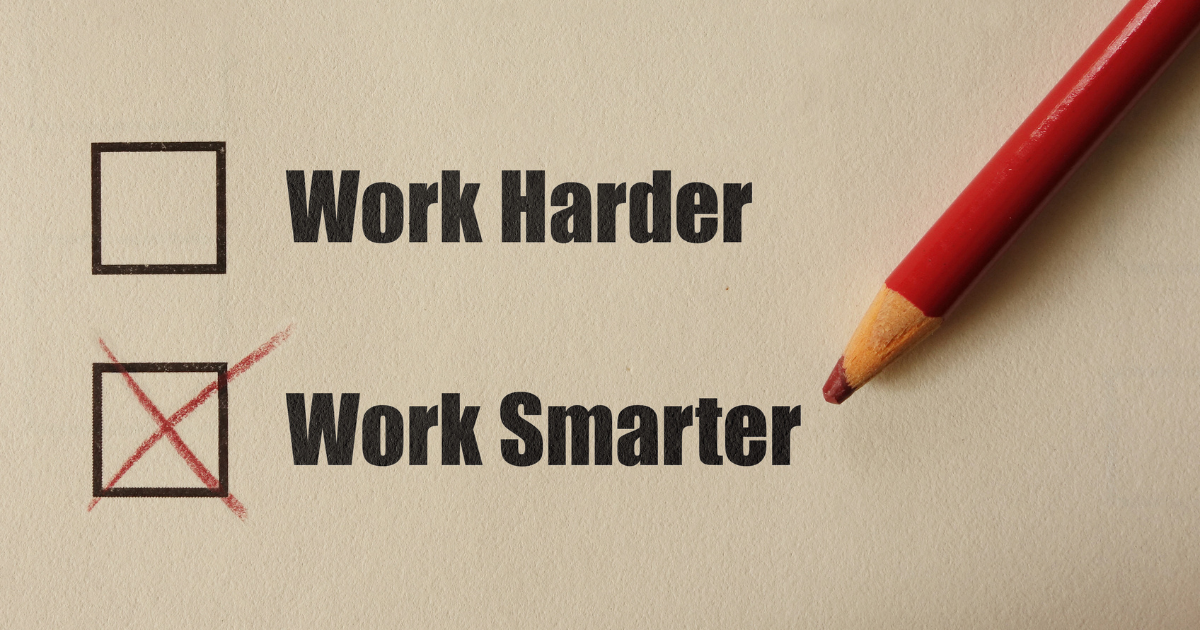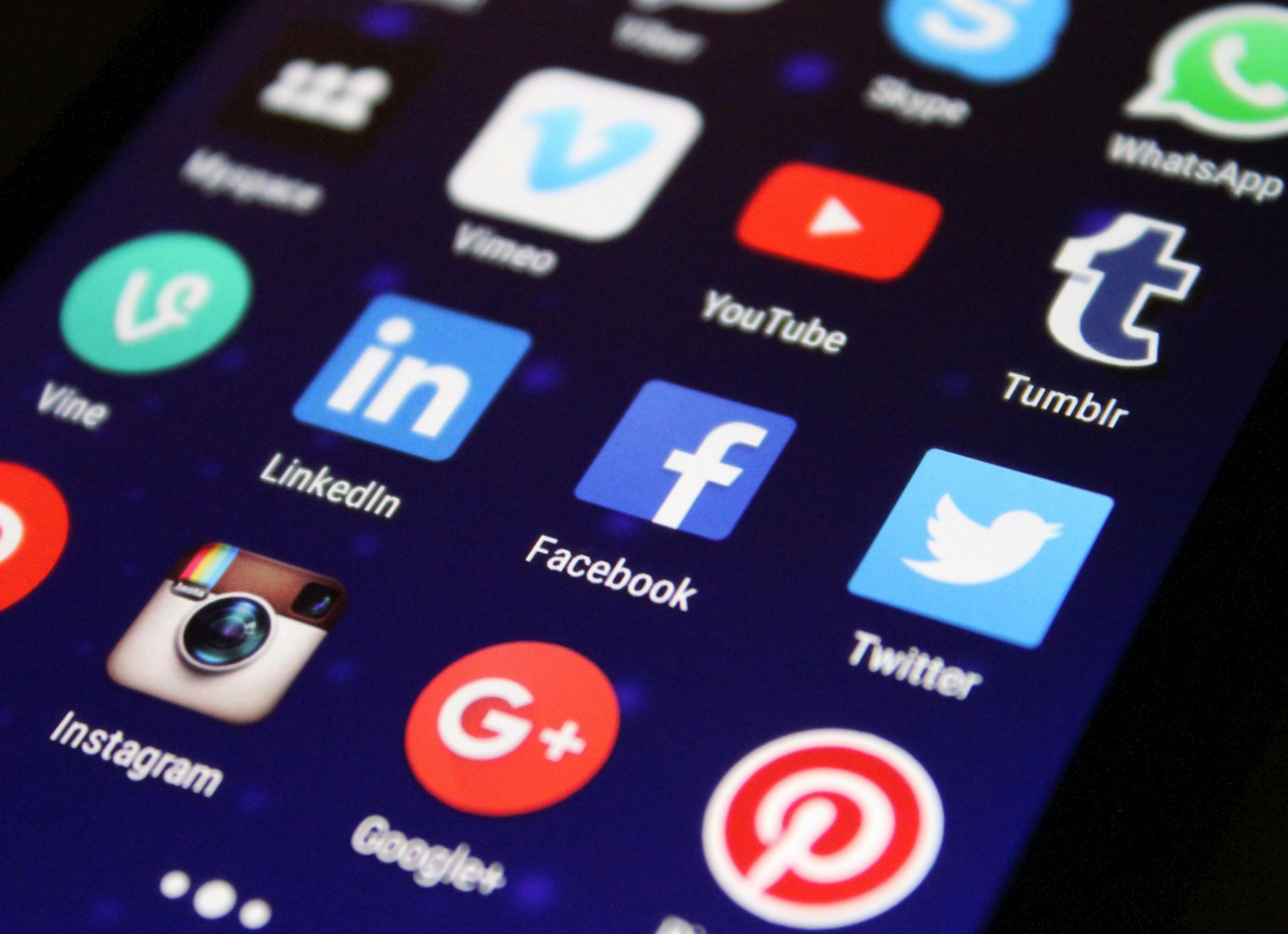The 80/20 Rule: A Solo Marketer's Secret Weapon for Sanity and Success
Leah Dergachev • August 1, 2024
Mastering the Art of Doing Less to Achieve More (Without Cloning Yourself)

It's 7 AM, and you're already scrolling through your phone, mentally listing the dozen tasks you need to tackle today. Social media posts, that overdue blog article, email campaigns, analytics reports... oh, and don't forget the impromptu meeting your boss just scheduled. Sound familiar? Welcome to the life of a one-person marketing team.
Let's be real – when you're a team of one, "wearing multiple hats" feels more like juggling flaming torches while riding a unicycle. You're the content creator, the data analyst, the PR pro, the social media guru, and the strategist all rolled into one (over) caffeinated package. But before you curl up under your desk in despair, let me introduce you to your new best friend: the 80/20 rule.
The 80/20 Rule: Your Marketing Lifesaver
The 80/20 Rule: Your Marketing Lifesaver
Ever heard of this guy Vilfredo Pareto? He's the Italian economist who stumbled upon a game-changing idea while gardening, of all things. He noticed that 20% of his pea plants were producing 80% of the peas. This observation led to the 80/20 rule, also known as the Pareto Principle, which suggests that 80% of your results come from 20% of your efforts.
Now, I know what you're thinking: "Great, another fancy principle. How's that going to help me tackle my never-ending to-do list?" Stay with me, I promise it's worth it. This rule is about to become your secret weapon for maximizing impact without losing your mind.
Putting the 80/20 Rule to Work (Without Working 80 Hours a Week)
1. Identify Your Marketing Superstars
Picture this: You've spent hours crafting the perfect Instagram post, only to see it get a measly 5 likes. Meanwhile, that quick LinkedIn article you dashed off last week is still generating buzz. That's the 80/20 rule in action, my friends. Take a step back and analyze which of your efforts are really moving the needle. Is it your witty tweets? Your in-depth blog posts? Those irresistible email subject lines? Find your superstars and give them the spotlight they deserve.
1. Identify Your Marketing Superstars
Picture this: You've spent hours crafting the perfect Instagram post, only to see it get a measly 5 likes. Meanwhile, that quick LinkedIn article you dashed off last week is still generating buzz. That's the 80/20 rule in action, my friends. Take a step back and analyze which of your efforts are really moving the needle. Is it your witty tweets? Your in-depth blog posts? Those irresistible email subject lines? Find your superstars and give them the spotlight they deserve.
2. Prioritize Like Your Sanity Depends on It (Because It Does)
Once you've identified your high-impact activities, it's time to reshuffle that to-do list. Put your superstars at the top. This might mean dedicating more time to crafting killer blog content or doubling down on the social media platform where your audience actually hangs out. Remember, it's about working smarter, not harder (or longer, because let's face it, you're already working plenty).
3. Automate and Delegate (Yes, Even as a Solo Act)
Spoiler alert: You can't do it all, and that's okay! For those tasks that need to get done but aren't in your high-impact 20%, look for shortcuts. Embrace tools like social media schedulers, email automation, and project management apps. They're like having a virtual assistant without the awkward water cooler chat.
4. Measure, Adjust, Repeat (But Don't Obsess)
Keep an eye on your metrics, but don't fall into the rabbit hole of checking analytics every five minutes. Set regular check-ins to make sure your 20% is still pulling its weight. Marketing trends change faster than fashion, so be ready to pivot if needed.
Survival Tips for the Solo Marketing Superhero
Batch like a boss:
Here's a sanity-saving tip from one solo marketer to another: Batch your work like you're meal prepping for the week. Dedicate 'Markdown Mondays' to writing, 'Tracking Tuesdays' to analytics, and so on. Your future self will thank you – probably with a less frazzled reflection in the mirror.
Embrace your tech sidekicks: Find tools that make your life easier. A good content calendar, analytics dashboard, or CRM can be like having a team of interns (minus the coffee runs).
Set realistic goals:
Remember, you're amazing, but you're not superhuman. It's better to nail a few key areas than to do a mediocre job across the board. Quality over quantity, always.
Don't be a lone wolf:
Just because you're a team of one doesn't mean you have to go it alone. Join marketing/comms communities like AMA and PRSA, attend virtual events, or find a mentor. Sometimes, a fresh perspective (or just a sympathetic ear) can work wonders.
Real-World Example
Imagine you're running marketing for a tech startup. After analyzing your efforts, you realize that 80% of your leads are coming from your blog posts and LinkedIn articles. Instead of trying to be everywhere at once, you decide to double down on creating killer content for these two channels. The result? More leads, less stress, and maybe even time for a lunch break. Imagine that!
The 80/20 rule isn't about perfection; it's about progress and preserving your sanity in the process. By identifying and focusing on the most impactful activities, you can achieve more with less effort. Remember, it's about working smarter, not harder. Your to-do list might still be long, but now you've got a secret weapon to tackle it strategically.

Fear of AI replacing marketing and communications professionals runs rampant. But this misses the real opportunity: leveraging AI as a powerful ally that handles repetitive tasks while you focus on what truly matters – creativity, strategy, and human connection. From Replacement to Enhancement The "AI will steal your job" narrative fails to recognize a crucial distinction – AI transforms roles rather than eliminates them. For marketing and communications experts, this transformation offers unprecedented possibilities to elevate your work. Practical Ways to Implement AI in Your Marketing Arsenal Content Development Acceleration How to implement: Draft email newsletters by providing AI with your key points and tone requirements Create multiple headline variations based on your target audience segments Transform basic outlines into full blog drafts that maintain your voice Repurpose existing long-form content into social media snippets Implementation tip: Save your best-performing content as examples for the AI to learn your style. Include specific instructions about brand voice and audience needs for more accurate results. Research and Insights on Steroids How to implement: Extract key findings from market research reports in seconds Analyze customer feedback across platforms to identify recurring themes Compare competitor messaging strategies by having AI review their content Monitor industry conversations to spot emerging trends before they peak Implementation tip: Frame specific questions when using AI for research. Instead of "tell me about our industry," try "What are the three emerging challenges our target audience is discussing in relation to [specific topic]?" Productivity Systems That Actually Work How to implement: Create detailed content calendars based on your strategic goals Generate meeting agendas and capture action items automatically Draft client proposals using past successful examples as templates Organize research sources and extract relevant quotes and statistics Implementation tip: Build templates for recurring tasks. For instance, create a template for client report generation with placeholders for metrics, insights, and recommendations. Where Human Expertise Remains Irreplaceable While implementing these AI tools, recognize that certain aspects of marketing and communications remain distinctly human: Strategic thinking that connects business goals to audience needs Creative problem-solving that breaks through market noise Emotional intelligence that informs authentic messaging Building genuine relationships with clients and audiences Understanding cultural contexts and sensitivities in communication Your Five-Step Implementation Plan Identify your time suckers: Track your activities for a week to find repetitive tasks consuming your creative energy. Choose one AI tool to master: Rather than dabbling in many, become proficient with a single tool that addresses your biggest pain point. Create an AI-human workflow: Establish a clear process where AI handles first drafts and you provide critical refinement. Measure impact beyond time savings: T rack not just hours saved but improvements in output quality, client satisfaction, and your own job fulfillment. Implement learning blocks: Schedule 2 hours weekly to experiment with new AI applications relevant to your specific marketing needs. The Augmented Marketing Professional The distinction between AI-enabled marketing professionals and those who resist these tools grows wider daily. The competitive advantage lies not in working harder but in working smarter through strategic AI implementation. By focusing your AI implementation on eliminating the mundane aspects of your role, you can invest more deeply in the strategic thinking, creativity, and relationship building that truly drive marketing and communications success. The question isn't whether AI will take your job – it's whether you'll use AI to transform your role into something more impactful and valuable than before.










